Your social media accounts show who you are online. In today’s world, cyber threats are everywhere, trying to get to your accounts. To keep your accounts safe, you need to know how to protect them.
This guide will teach you how to keep your social media safe. You’ll learn about the dangers and how to fight them. This way, you can keep your online life safe, whether you’re just a user, a famous influencer, or a business.
Key Takeaways
- Your online identity is a target for hackers.
- Understanding risks is crucial for social media security.
- Adopting strong passwords can significantly reduce threats.
- Two-factor authentication is an effective protective measure.
- Regularly reviewing privacy settings enhances your safety.
- Awareness of phishing tactics is essential to avoid scams.
Understanding the Risks of Social Media Accounts
Social media offers many benefits like staying connected and sharing. But, it also comes with risks that can harm your accounts. Knowing these risks helps you understand why protecting your online presence is so important.
Common Threats to Your Social Profiles
Many threats can harm your social media profiles. Hackers use different methods to get into your accounts without permission. These include:
- Phishing: Scammers send fake emails and messages to get your personal info.
- Malware: Harmful software can sneak onto your devices and steal your passwords and data.
- Keyloggers: These tools record every key you press, which can capture your login details.
By knowing these threats, you can take steps to keep your accounts safe and prevent hacking.
The Consequences of Hacking Incidents
Hacking can have serious effects. Here are some possible outcomes:
Being aware of these risks shows why it’s crucial to protect your online presence. By using preventive measures, you can lower the risk of your social media accounts being hacked.
Protect Social Media Accounts from Hacking
To keep your social media accounts safe, you need to take action. Using strong passwords and 2FA can protect your personal info from hackers. Update your passwords often to stay safe online.
Enable Two-Factor Authentication (2FA)
Turning on 2FA includes a key layer of security. It asks for a second check, like a code sent to your phone. This makes it hard for hackers to get into your account, even if they know your password.
Use Strong and Unique Passwords
Solid passwords are crucial for keeping your accounts secure.Mix letters, numbers, and symbols in your password. Don’t use easy-to-guess info like birthdays. A password manager can help you create and keep track of strong passwords.
Regular Password Updates
Changing your passwords often is a smart move. Set updates to upgrade them each few months. This keeps your account safe, even if there’s a data breach. Using strong passwords and 2FA together makes your online presence much safer.
Avoiding Phishing and Scams
It’s key to spot and dodge phishing messages to keep your online profiles safe. Scammers utilize traps to induce your individual info. Knowing how to spot these tricks helps you protect your accounts.
Recognizing Phishing Messages
Phishing messages attempt to surge you, inquiring for individual information fast. They often have:
- Unusual sender addresses: See closely at the sender’s email or coordinate message address.
- Generic greetings: Real companies usually address you by name.
- Spelling and grammatical errors: Scams often have obvious mistakes.
Always check who sent the message before you reply or click links. A good hacker prevention guide can keep you updated on scams.
Staying Cautious with Suspicious Links
Be careful with links in emails or messages. Here are some tips for safe browsing:
- Hover over links: This lets you see the real URL before you click, spotting fake sites.
- Use link expanders: Tools that show the full URL help you know where you’re going.
- Don’t surge: Take your time to check in the event that a connect is secure; it’s superior to be secure than sorry.
Regularly Review Privacy Settings
Keeping your social media accounts safe is key. It’s vital to check your protection settings regularly. This way, you control who sees your stuff and keeps your information private.
Customizing Account Privacy
Social media sites let you pick who sees your posts. You can limit who can see your stuff and who can tag you. Use these tools to secure your online presence and keep your data safe.
Audit App Permissions to Enhance Security
It’s smart to check which apps have access to your social media. Make sure only trusted apps can see your info. This step helps stop bad guys from getting your data.
Setting Up Alerts for Suspicious Activity
Turning on alerts for odd activity is a must. Numerous destinations send you messages on the off chance that something fishy happens. These alerts help you catch and fix problems fast, keeping your account safe.
Conclusion
Keeping your social media accounts safe is crucial. By following the tips in this article, you can boost your online security. This includes using two-factor authentication and checking your privacy settings often.
Being careful online is key. Knowing about threats and spotting scams can help keep your info safe. It’s all about stopping hackers before they can harm you.
Protecting your social media is a continuous task. With the right steps, you can keep your digital identity safe. Remain cautious, educated, and cautious to appreciate a more secure online world.

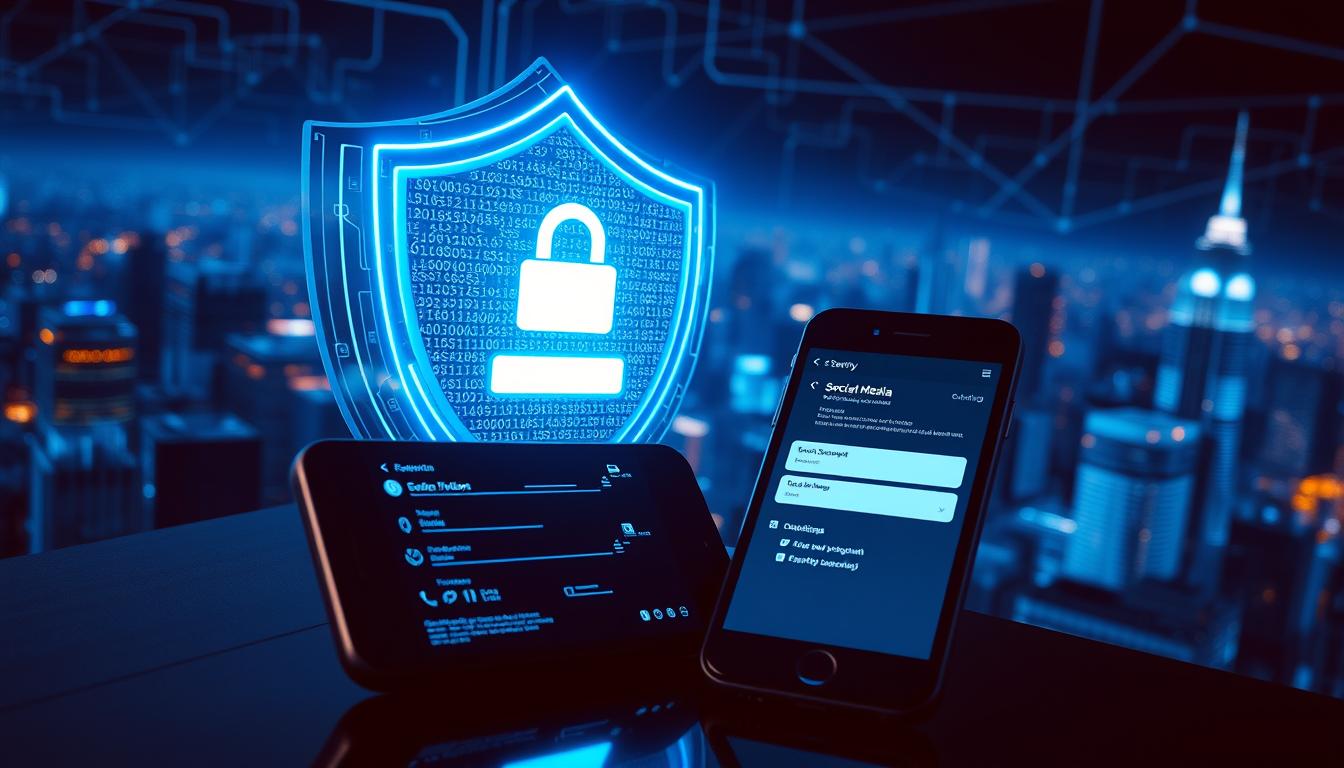
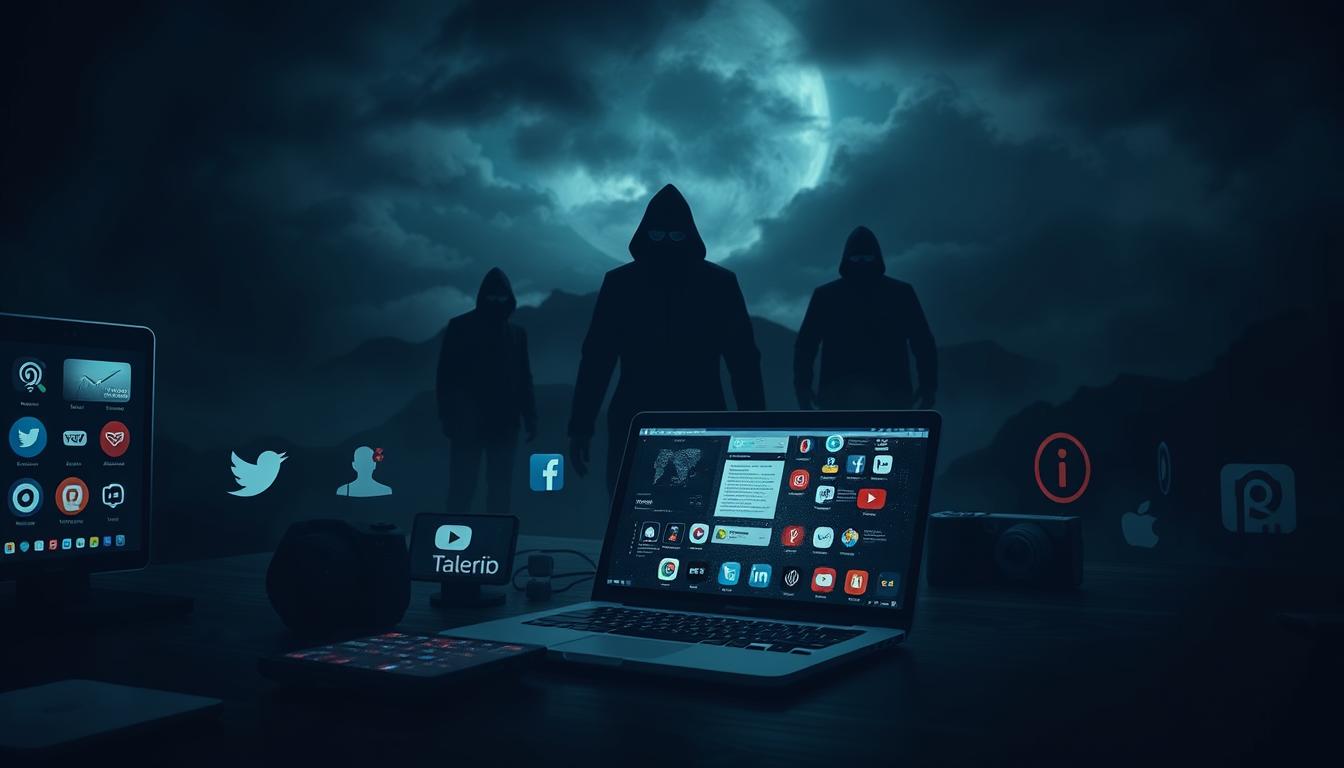
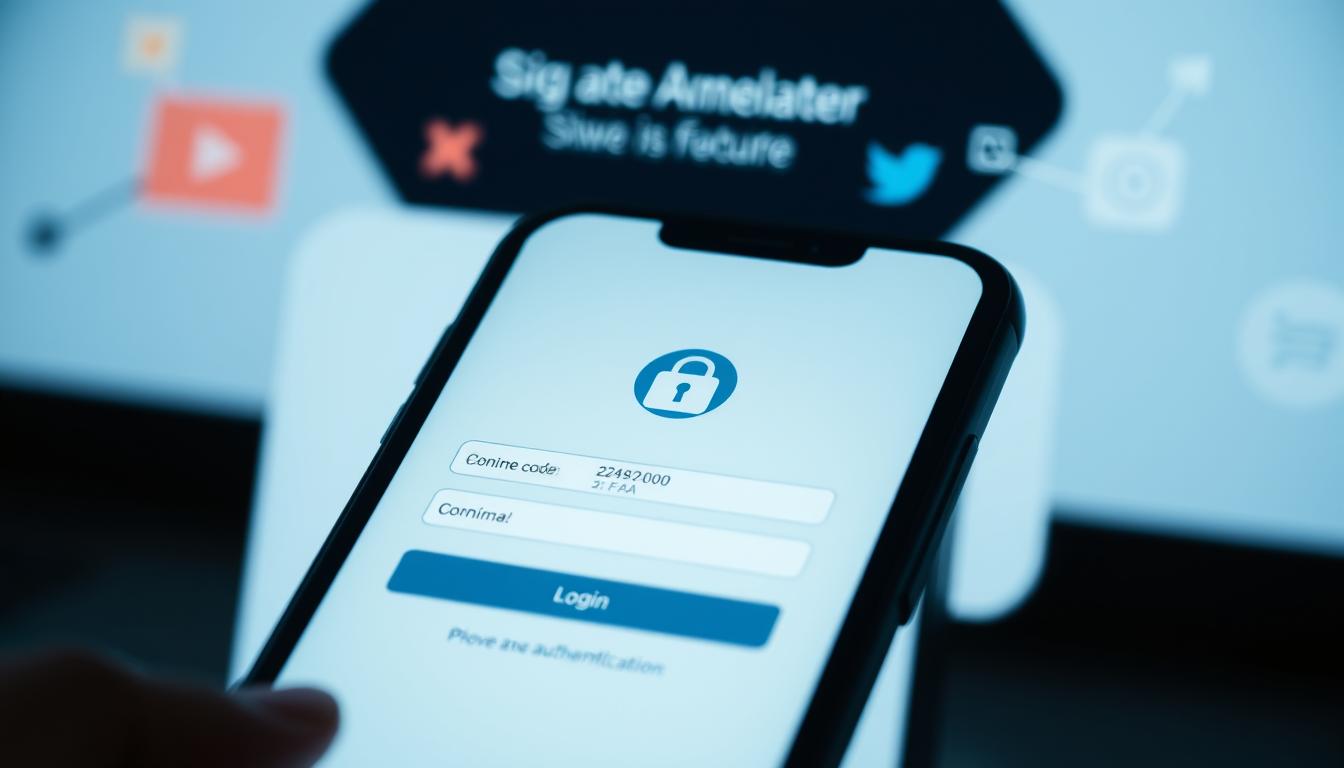
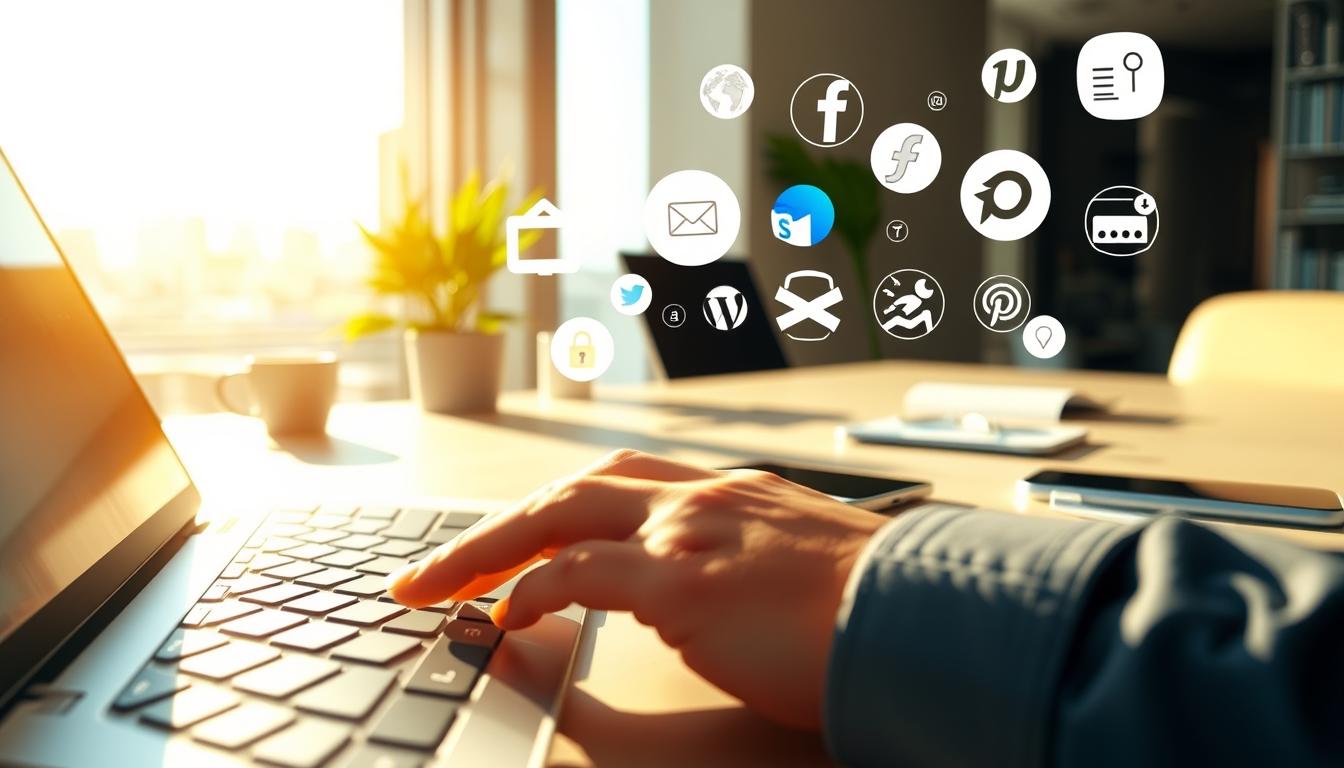
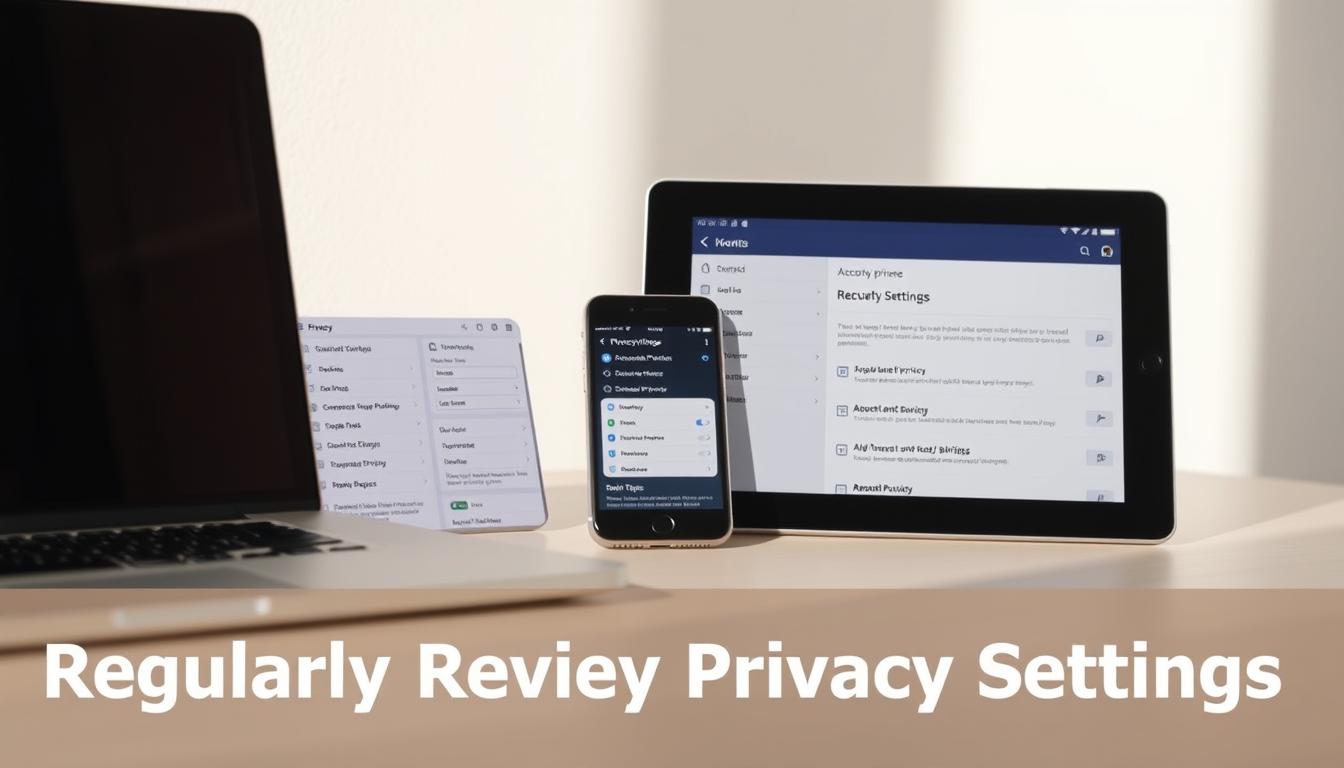


GIPHY App Key not set. Please check settings